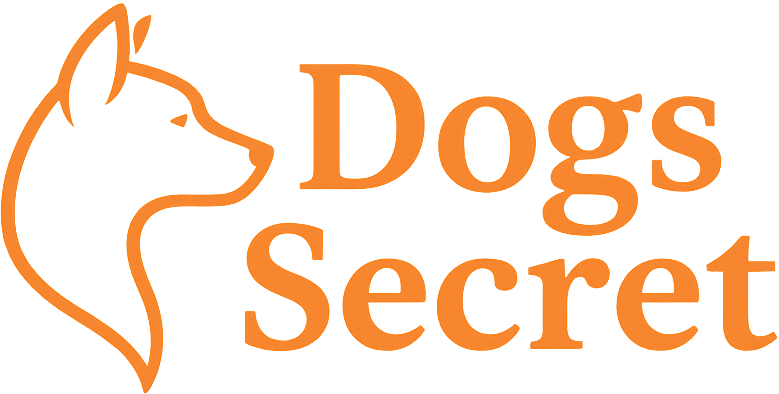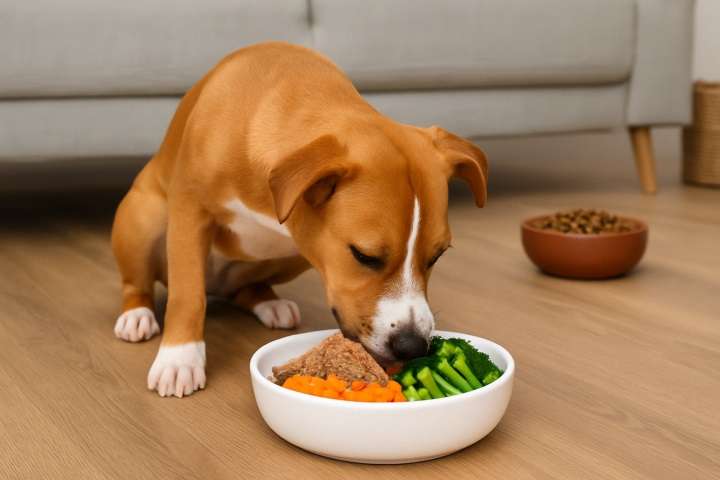With so many feeding options—grain-free, raw, organic, homemade, freeze-dried—choosing the best diet for your dog can feel overwhelming. But the truth is, the «best» diet is not the trendiest one. It’s the one that meets your dog’s specific needs, life stage, and lifestyle—and is backed by veterinary science.
In this guide, we’ll break down the core principles of a healthy canine diet and help you understand how to choose the best food for your dog, whether they’re a picky puppy, a high-energy athlete, or a senior with special requirements.
What Makes a Dog Diet “Healthy”?
According to veterinary experts, the best diet for dogs must be:
- Complete and balanced (meets all nutritional needs)
- Appropriate for life stage (puppy, adult, senior)
- Digestible and palatable
- Backed by nutritional science (AAFCO-compliant)
- Free from harmful or unnecessary ingredients
Your dog’s diet should support their energy, coat, weight, digestion, immune system, and longevity.
Best Diet by Life Stage
Puppies
- Need higher levels of protein, fat, calcium, and DHA
- Should eat puppy-specific food for healthy growth
- Feed 3–4 meals/day
- Avoid adult food—can lead to nutrient deficiencies
Adult Dogs
- Require maintenance diets with moderate calories and balanced macros
- Feed twice daily
- Match to activity level: high-protein for active dogs, low-calorie for couch potatoes
Seniors
- Need easily digestible food, lower in calories but rich in antioxidants, joint support (glucosamine), and high-quality protein
- Feed smaller meals if they have slower digestion
- Consider a senior formula with added fiber and Omega-3s
Best Diet by Dog Type
Dog Type | Recommended Diet |
Small breeds | Calorie-dense kibble with smaller kibble size |
Large breeds | Controlled calcium and calories to avoid joint issues |
Active/working dogs | High-protein, high-fat formulas with added antioxidants and Omega-3s |
Overweight dogs | Weight control diets with high fiber and lower fat |
Allergic dogs | Limited-ingredient or novel protein diets |
Dogs with sensitive stomachs | Easily digestible food with prebiotics, probiotics, and gentle ingredients |
Types of Dog Diets (and When to Use Them)
- Commercial Kibble (Dry Food)
- Best for: Most dogs when using high-quality brands
- Pros: Convenient, budget-friendly, complete nutrition
- Cons: Can vary in ingredient quality
Choose brands that:
- Are AAFCO-certified
- Use real meat as the first ingredient
- Employ a veterinary nutritionist
2. Wet Food (Canned)
- Best for: Picky eaters, small dogs, dogs with dental issues
- Pros: Highly palatable, high moisture
- Cons: More expensive, spoils faster
3. Fresh/Frozen Cooked Food
- Best for: Dogs with allergies or digestive issues
- Pros: High digestibility, made with whole foods
- Cons: More costly, requires freezer space
Brands like The Farmer’s Dog and Nom Nom offer balanced, vet-formulated recipes.
4. Raw Diet (Only if Vet-Approved)
- Best for: Dogs with specific dietary needs or allergies
- Pros: High protein, unprocessed ingredients
- Cons: Risk of bacteria, nutrient imbalance if not professionally planned
5. Home-Cooked Diet
- Best for: Dogs with medical conditions requiring custom meals
- Only safe if formulated by a veterinary nutritionist
- Must include supplements and correct nutrient ratios
⚠️ Avoid These Common Feeding Mistakes
- ❌ Feeding human food without knowing what’s safe
- ❌ Switching diets too quickly (causes GI upset)
- ❌ Free-feeding (can cause obesity)
- ❌ Trusting unregulated buzzwords like “natural” or “holistic”
- ❌ Making homemade food without veterinary guidance
Vet Tips for Choosing the Right Dog Food
- Look for AAFCO-compliant labels
- Pick foods made by companies with in-house nutritionists
- Prioritize quality over marketing (ingredient list matters more than packaging)
- Consult your vet—especially if your dog has health conditions
- Monitor your dog’s weight, coat, stool, and energy after diet changes
Signs Your Dog’s Diet Is Working
- Healthy weight and body condition
- Shiny coat, clear eyes, clean ears
- Solid, regular stools
- High energy levels
- Minimal itching, gas, or vomiting
Conclusion
The best diet for your dog is balanced, age-appropriate, digestible, and tailored to their unique lifestyle. Whether you choose kibble, fresh, raw, or home-cooked food, what matters most is quality, consistency, and professional guidance.
Want help comparing top-rated dog foods or creating a vet-backed meal plan? Visit our Canine Nutrition Finder for personalized recommendations.

